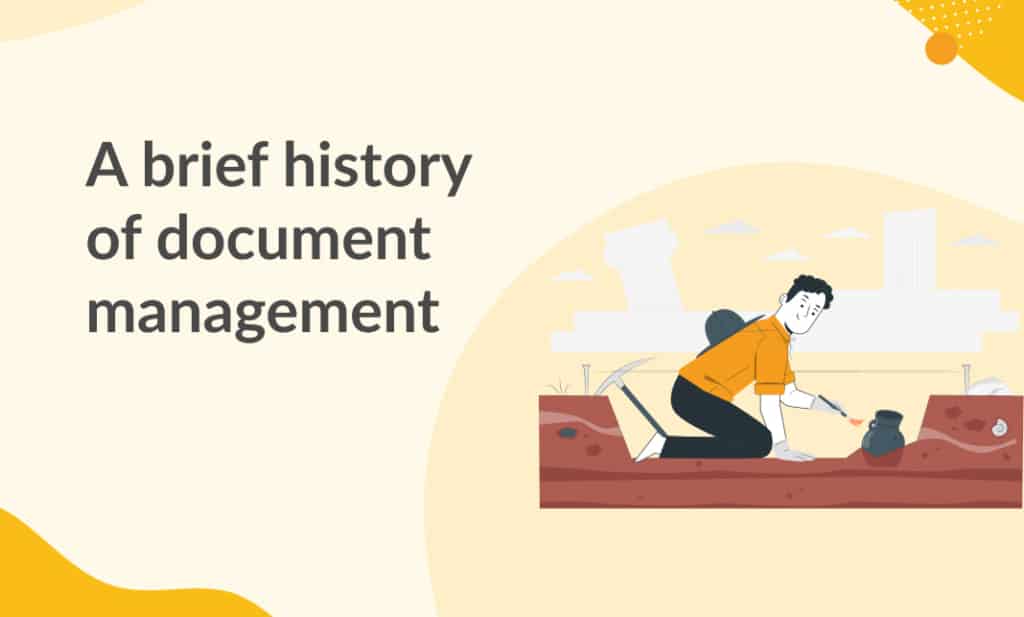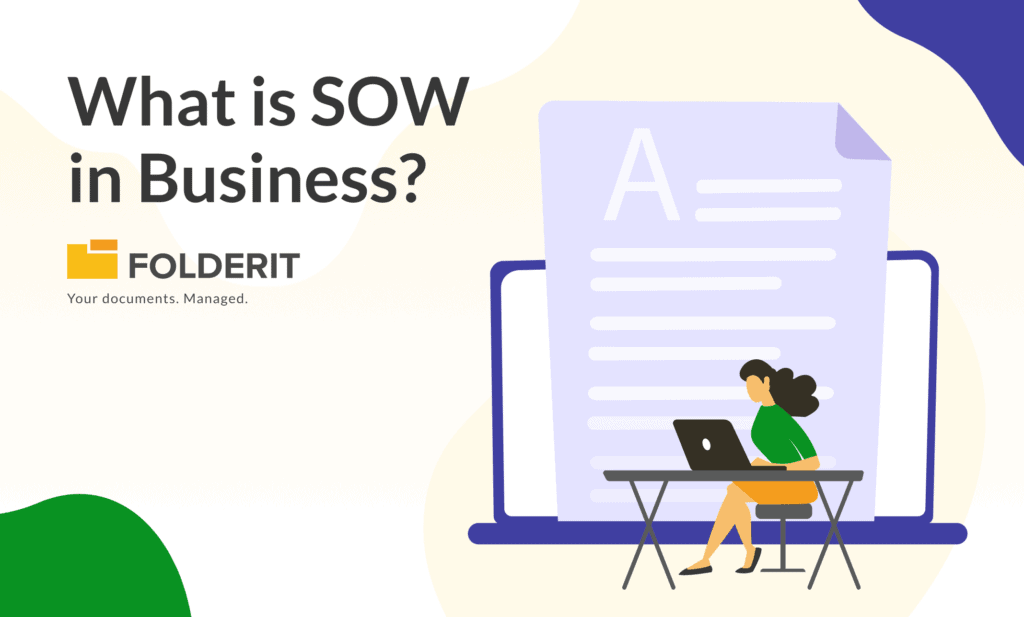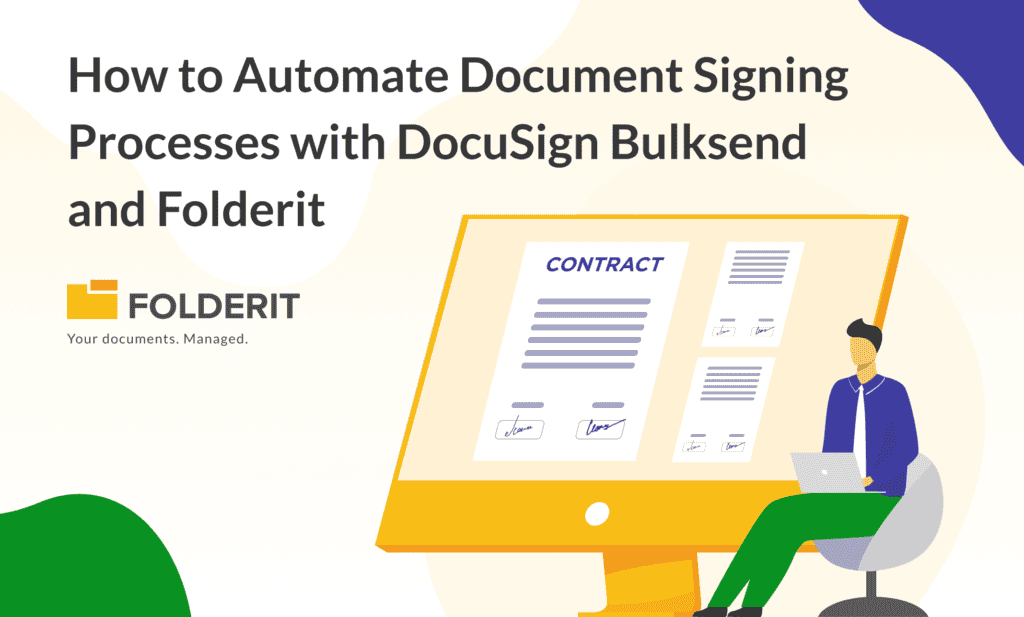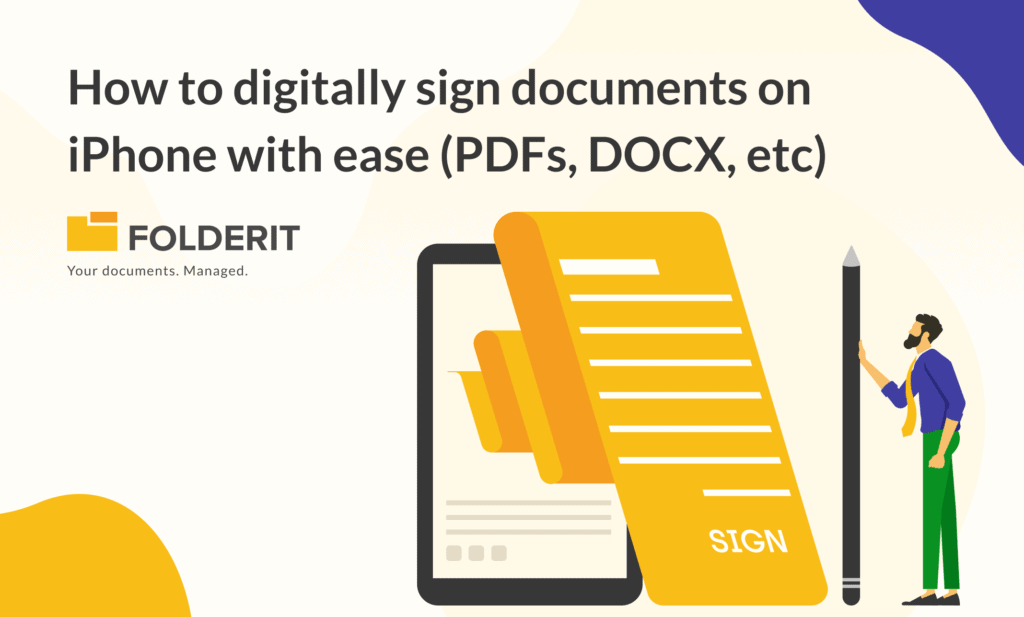While we could speculate that document management began with cave paintings, and slate drawings, but realistically, the first form of document management dates back to when language was still being formulated. From mud slates in the Sumerian civilization, all the way to modern cloud-based document management here is the history of document management.
About 6500 years ago, people of Ancient Sumer (modern-day south-central Iraq) had developed techniques of cultivating land to such a degree that they started building sustainable cities around it. Their population would reach into the tens of thousands. This invited a lot of visitors from the world over, who would use the city’s stores to keep their livestock, supplies, etc. while they were visiting. Recordkeepers would mark these supplies and items down on mud tablets. This system was quite functional until they realized that record-keeping presented a storage challenge of its own (after a few hundred items, the sheer number of tablets became unsustainable.
We’ll skip over the part of history about how this led to the formation of language (this brief but entertaining video is a great way to learn more about that).
Eventually, humanity realized the benefits of writing on leaves as it made storage easier, then we had paper and it seems like humanity stopped right there. We’ve been dependent on paper for documentation for centuries now and it has depleted our forests, our environment, and is one of the major contributors to global warming, which is why we support making your company carbon neutral.
The filing cabinet

Up until the late 1880s, document management was the act of storing papers in a room as best as one could, followed up by taking a good guess at where to look when it was time for retrieval. Edwin Sebels introduced the filing cabinet, and that made things significantly easier to sort. You could sort documents in any order of your choosing and retrieve a securely kept, safe, dry document ensuring it would last longer. This solution was very viable for medical, legal, and financial consultants.
While that made things a touch easier, but paper production was not in any position to slow down and the longer a document was in storage the harder it became to access.
Going Digital
However, that all changed when the world started going digital. With the advent of modern computing, electronic data management (EDM) started reducing some major pain points with filing cabinets. The future of file management becomes:
- File lasts as long as the server
- Retrieving a file is as easy as writing a search string
- Large volumes of data barely take up any space
- Virtually no environmental impact
With the advent of computing, electronic document management (EDM) started to address the curse of office spaces being swarmed with documentation. This required a server and a client, the server was where documents were centralized, and the client was where these documents were accessed. This relationship has since remained relatively intact; however, the nature of a server and client has vastly evolved. However, this digital bred a new set of problems.
- Too much content in a centralized location exposes it to the risk of damage, loss, or accident.
- Computing cost’s part and parcel
- Hard to locate specific files
- Bound by connectivity
- No particular structure
The widespread use of PCs, coupled with networking meant that users were able to keep, maintain and share documents in a distributed environment. This was a definite relief for the paper industry, but it birthed numerous new generations of issues that haven’t been addressed until Folderit came along, e.g., no version control, no audit trail, and lack of assured security.
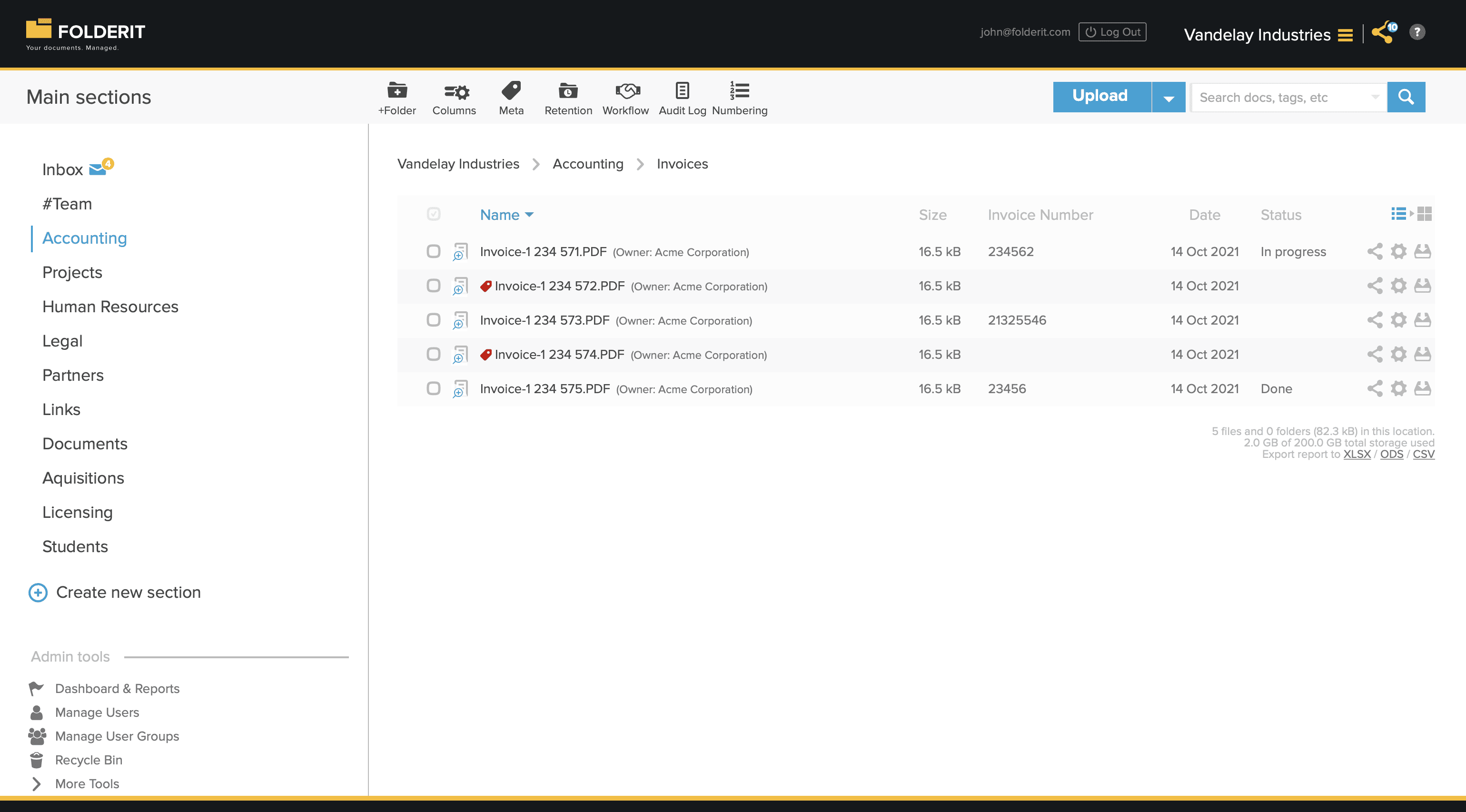
Electronic Document Management Systems
Eventually, EDMS became its own thing and all the issues associated with digital storage found a practical solution.
With EDMS, dependency on paper immediately became outdated, as Folderit makes document handling and access ubiquitous across the entire planet. You can access your documents anywhere on the planet using any internet-connected device.
This process keeps your documents secure using 256-bit bank-level encryption, while all transfers take place using SSL encryption, ensuring that your system is inaccessible to unauthorized users.
To keep things safe from calamity, data is stored in a purpose-built warehouse and kept safe in three separate areas so you always have a secure backup.
You can even collaborate with others using Microsoft Office 365 subscription (separate subscription required). There are audit trails, versioning, metadata, and custom metadata, approvals, advanced OCR-based search, and a whole host of other solutions that makes Folderit a go-to solution for going paperless in 2021.
